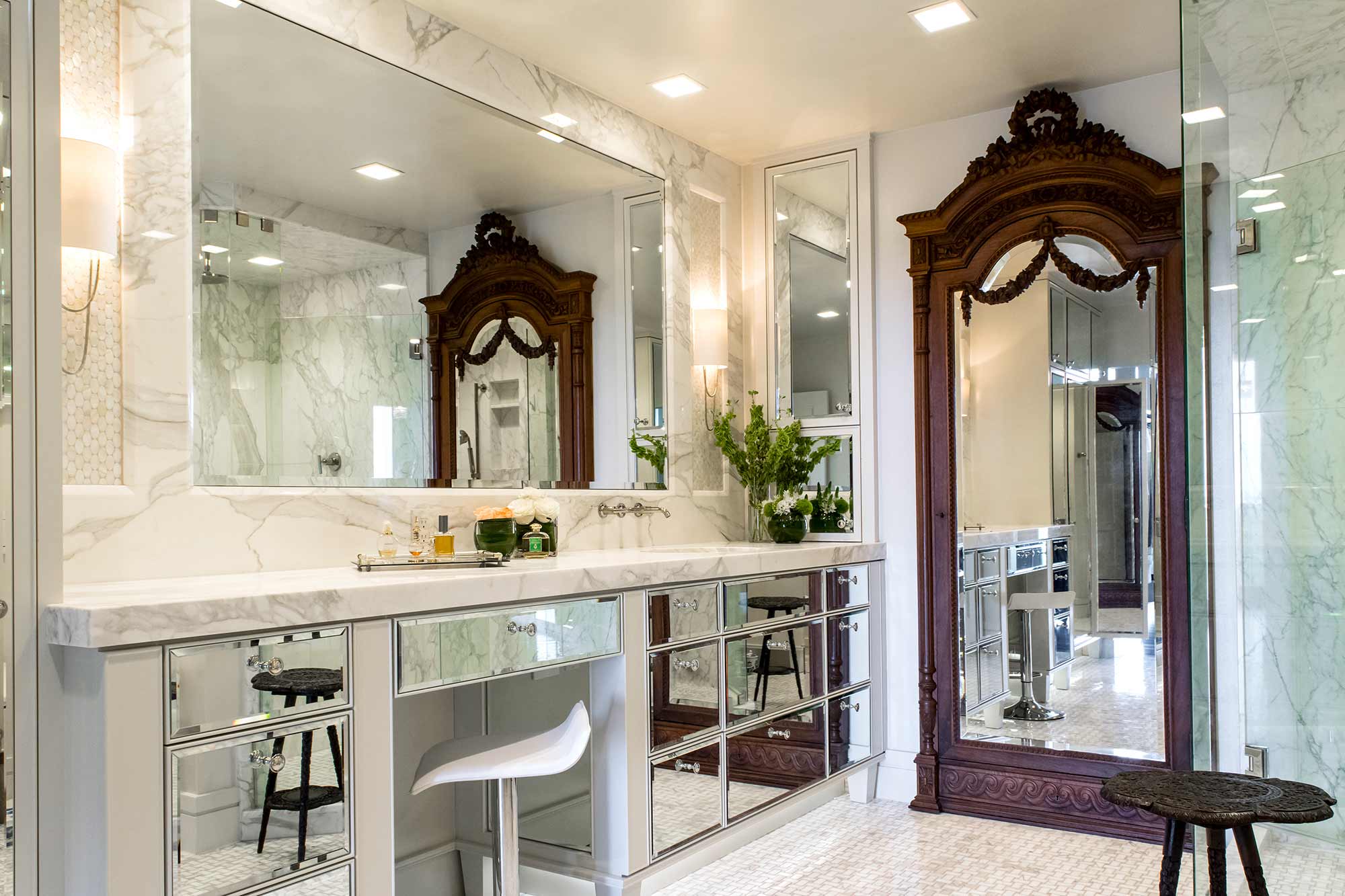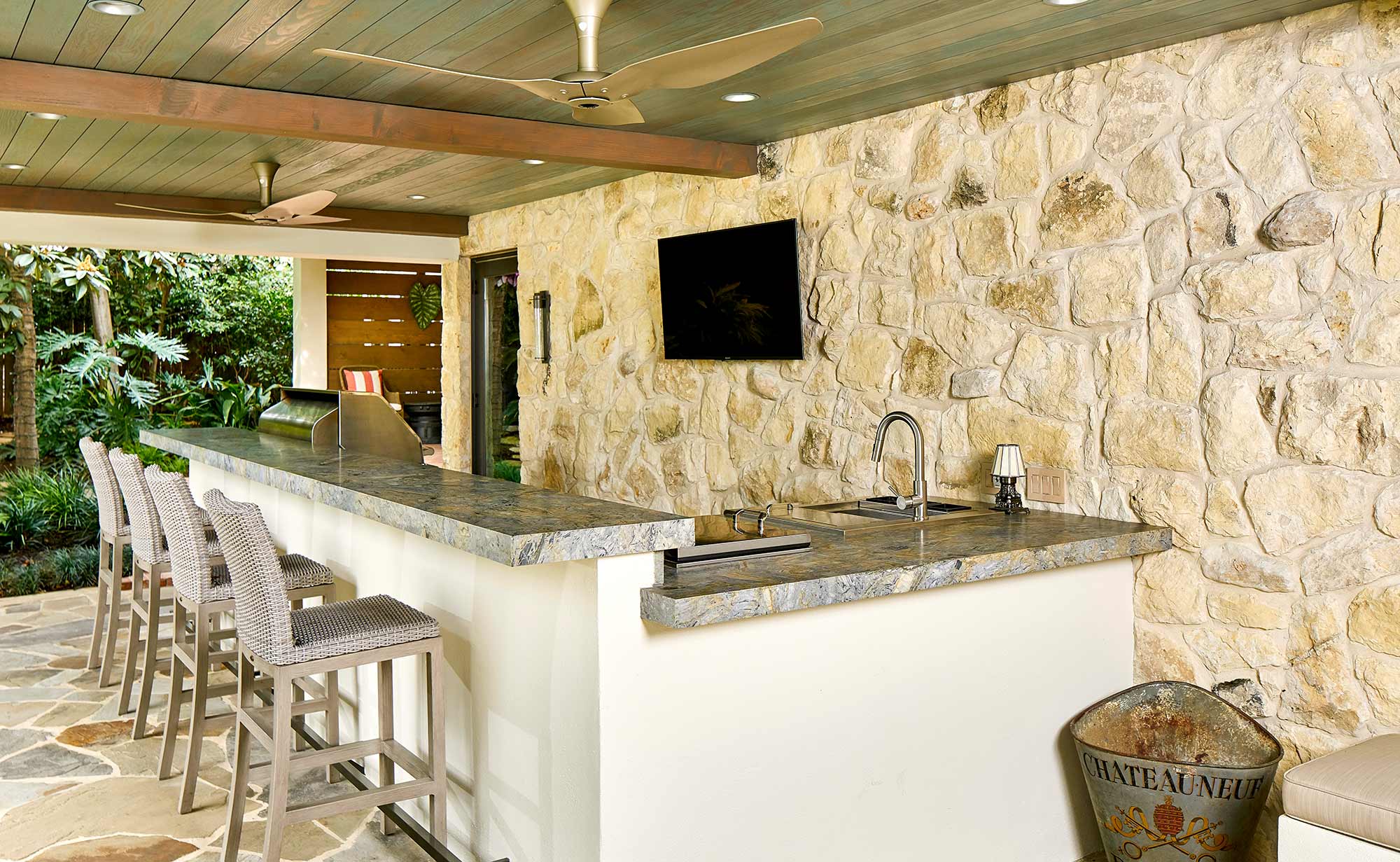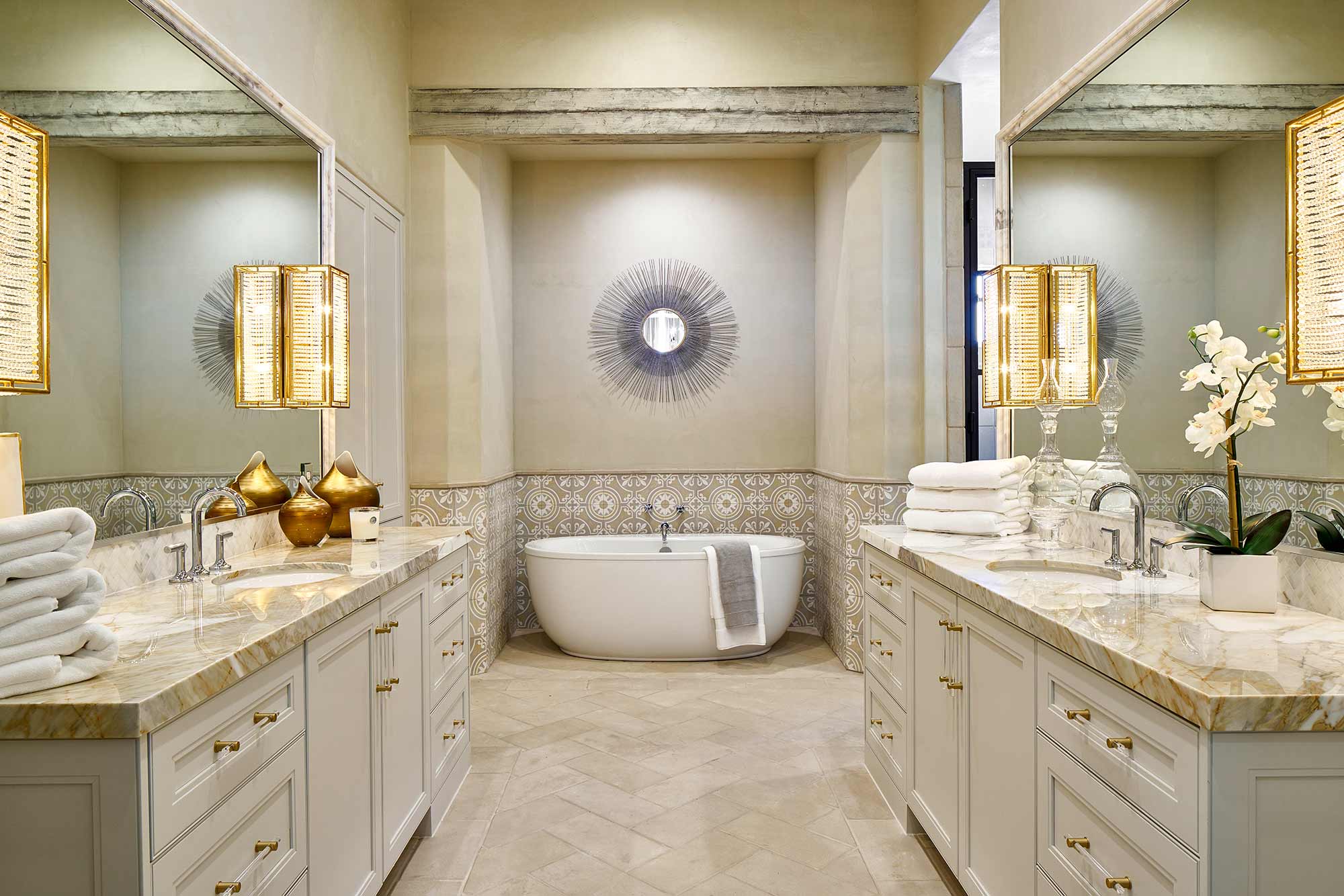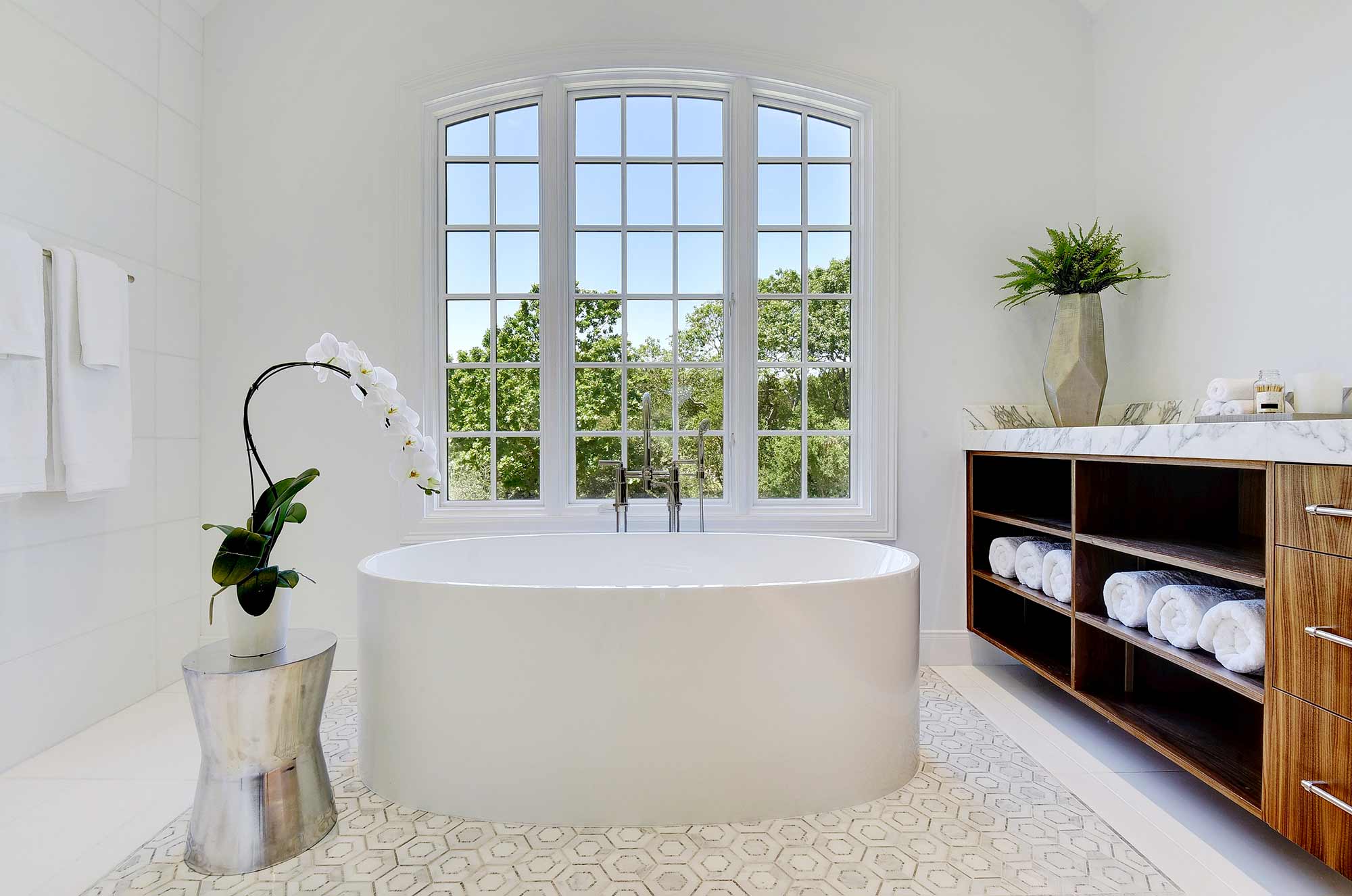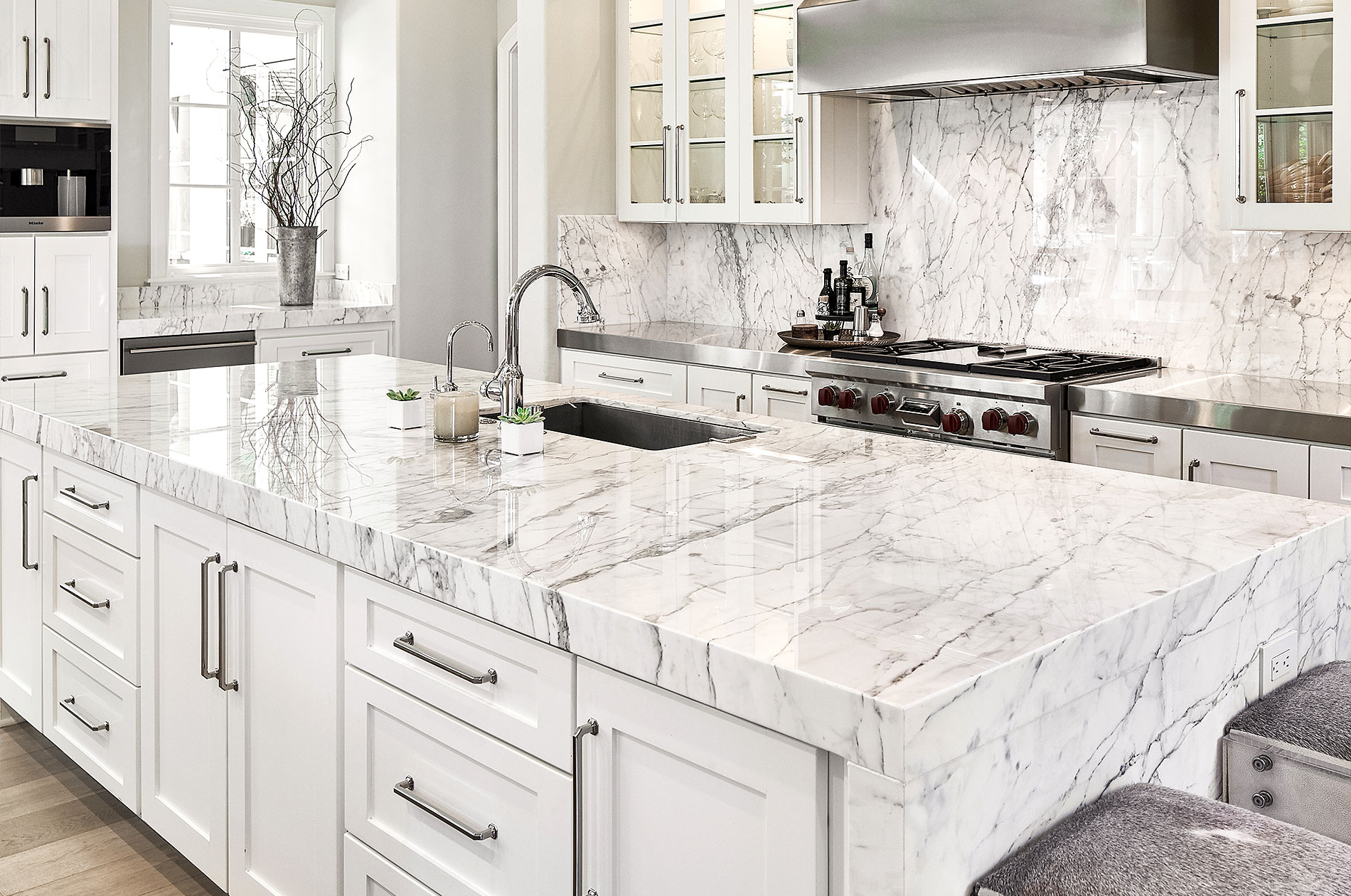MARBLE
Marble is a classic architectural material and is suitable for a variety of applications from countertops to vertical applications including fireplace surrounds, shower walls, and full height splashes. While less durable than granite, marble brings with it a timeless beauty unmatched by most other natural stones.
WHAT YOU SHOULD KNOW ABOUT MARBLE
Marbles are traditionally prized for their aesthetic appeal, accentuated by subtle to bold veining and available in a multitude of color options. In central and south Texas, we are heralded as having the largest and finest collection of white marbles from around the world, especially the Italian whites.
Marbles may be considered the most beautiful of all the natural stones. Their beauty was famously revealed in the hand carved statues of antiquity and more recently in the opulent bathrooms and kitchens of our contemporary homes. Their price range is also the widest of all the natural stones. These stones are calcium carbonate-based, made up principally of the calcite crystal formed during the metamorphic stage of development. Due to their mineralogical makeup, all marbles are vulnerable to either abrasion or chemical attack. Judicious use of cutting boards can help keep kitchen utensils from scratching your marble counters. It is important to avoid cleaners with abrasives and/or acidic content as they can dull the finish and etch the surface. Acidic foods can also etch the surface of marble – lemon juice, tomatoes, vinegar, for example. The application of impregnating sealers may reduce the vulnerability to acidic attack but will not eliminate it. A good, ongoing sealer regimen will fend off staining. For shower applications water softening systems are often recommended in areas of the country where calcium content in the municipal water supply is high.
In Summary:
- Huge inventory at our facility in San Antonio
- Timeless beauty
- Wide price range
- Durable but chemically vulnerable
- Moderate to high maintenance required
FREQUENTLY ASKED QUESTIONS
MATERIAL CONSIDERATIONS
ABRASION RESISTANCE
Low
Most marble has a low abrasion resistance rating; it is likely to scratch. Why does marble scratch so easily? It is much softer than other durable stones like granite because it is made up of calcium carbonate, scoring a 3-4 on Moh’s Scale of Relative Hardness. Even grazing marble with a belt buckle or long metal necklace can scratch it.
ABSORPTION/STAINING
Moderate
Most marble has a moderate absorption rating and will stain when exposed to oil and highly-pigmented liquids. To reduce the appearance of staining, always wipe up spills immediately. Liquids can penetrate and stain the stone and may need poultice to remove the stain. Always use a neutral detergent to clean marble.
ACID SENSITIVITY
High
Marble is a fairly soft stone and it is prone to marking because of its calcium carbonate makeup. Acid reacts with calcium carbonate and literally eats away a tiny bit of the surface, creating dull spots known as etches. Any splash of lemon juice, tomato sauce, wine, vinegar or cleaning product not made for marble are going to leave a mark.
HEAT RESISTANCE
Moderate
In the kitchen, marble stands up well to hot pans and pots. In the bathroom, a styling tool won’t mar marble unless it is left on hot for some time. Marble is popular for fireplace surrounds because it won’t yellow due to the heat and can withstand the occasional spark, however marble is not impervious to scorching temperatures for long periods.
What Our Customers Say
I hired Delta Granite and Marble, Inc. to do work on my bathroom and to install kitchen counters. I was definitely entirely pleased with their service, and I wouldn’t hesitate to recommend them to others! They were very well-prepared and they have a very fair price. Everything was completed properly and on time, and there were never any problems, at all. Thank you, Delta Granite and Marble, Inc.! Great work!
This was my first time using Delta Granite and Marble, Inc. and they did such a great job that I would definitely recommend them. I was impressed with the sales staff who were friendly and helpful, and in no way high pressured. I had an appointment set up for them to install tile in my bathroom, they showed up on time, got the job done and everything came out beautifully.
I recently used the services from Delta Granite and Marble, Inc to have two countertops installed in the bathrooms of my home and was very satisfied with how the work from them went. The people who came out and did the work were very professional and friendly while they were here and the countertops were installed without any issues and all look great. I would highly recommend their services.



